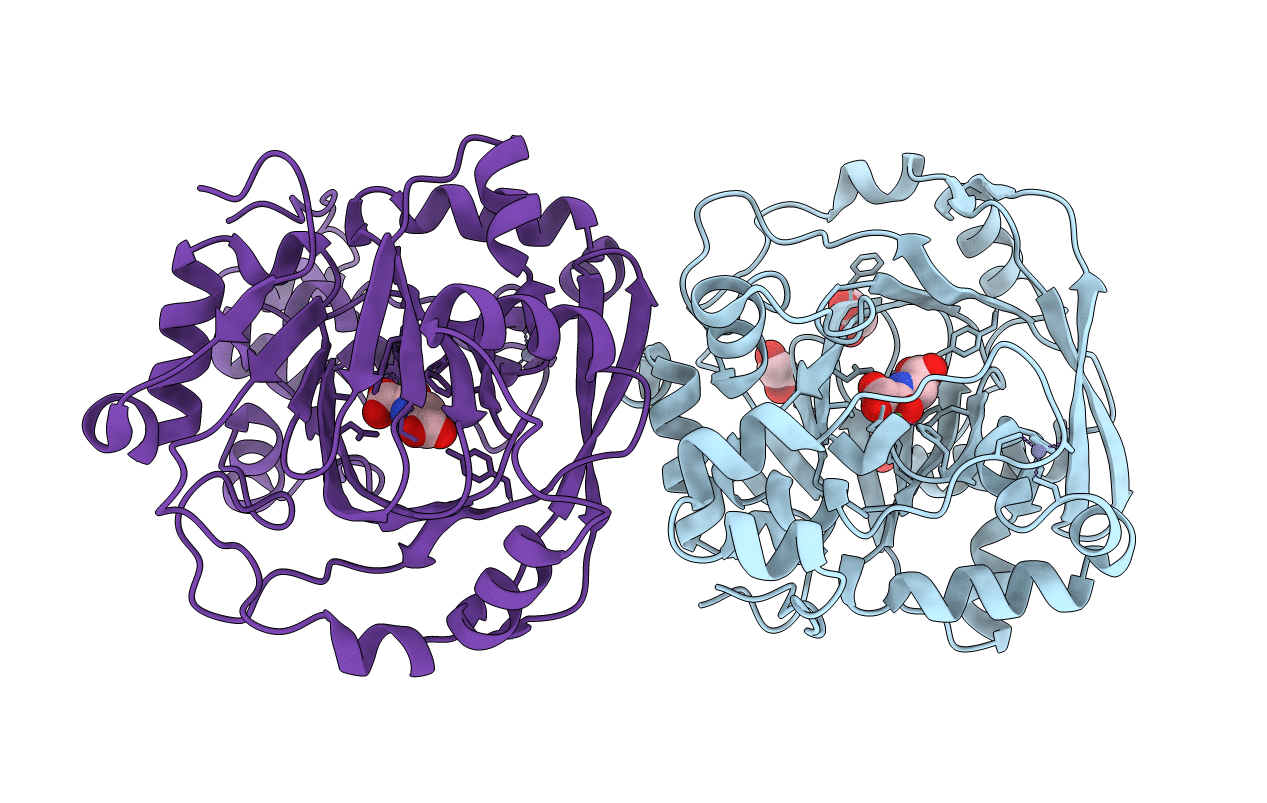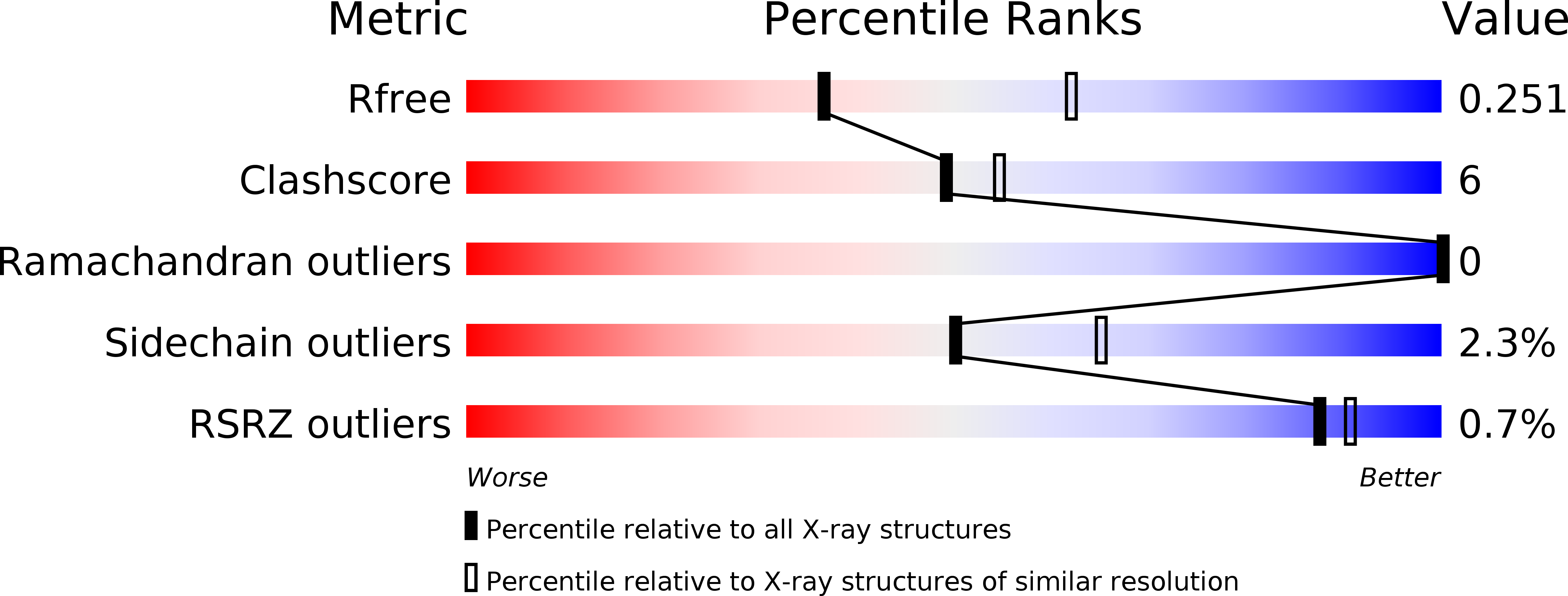
Deposition Date
2010-07-28
Release Date
2010-09-29
Last Version Date
2023-12-20
Method Details:
Experimental Method:
Resolution:
2.55 Å
R-Value Free:
0.25
R-Value Work:
0.19
R-Value Observed:
0.19
Space Group:
P 2 21 21


